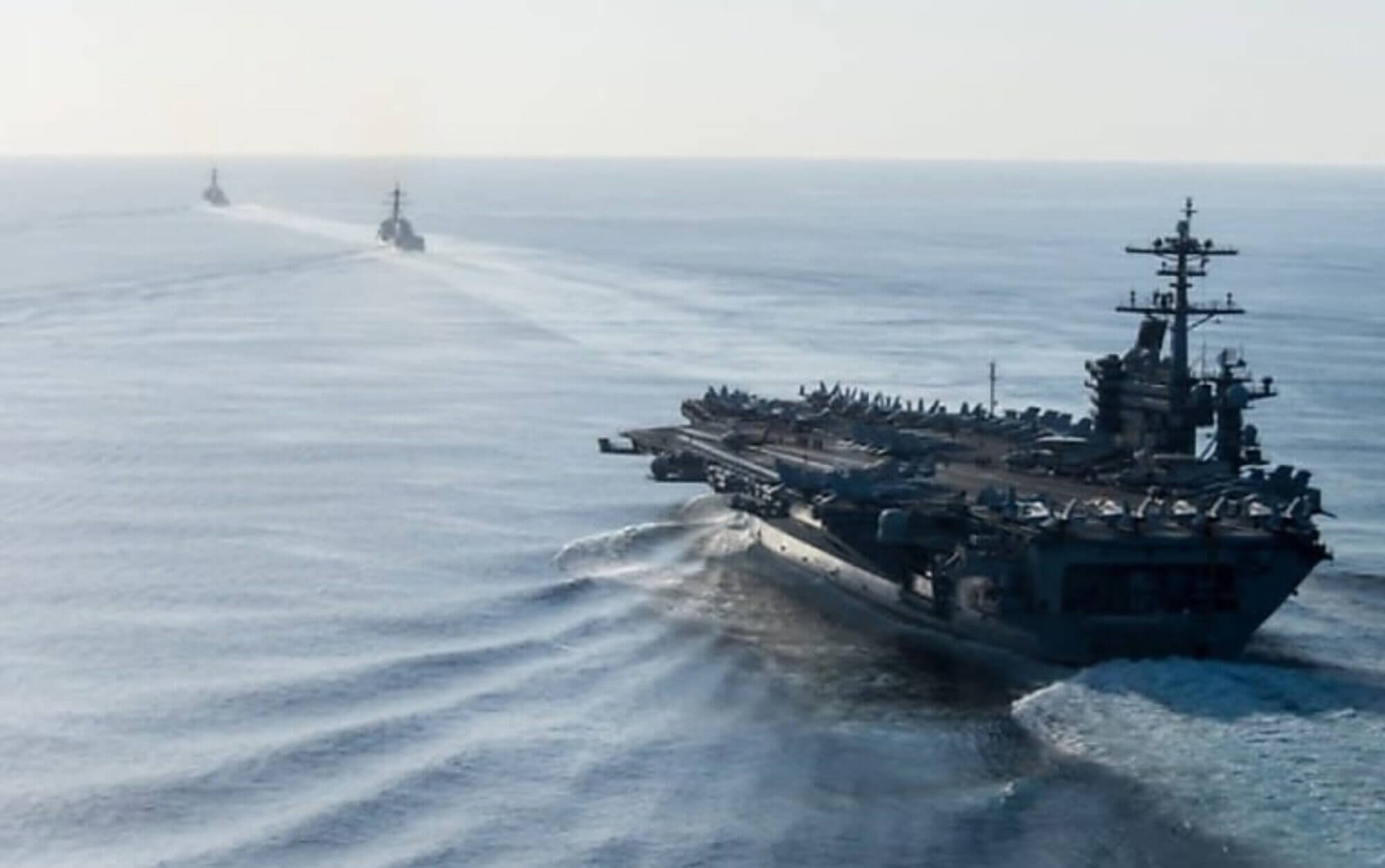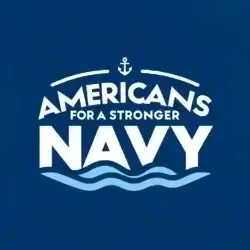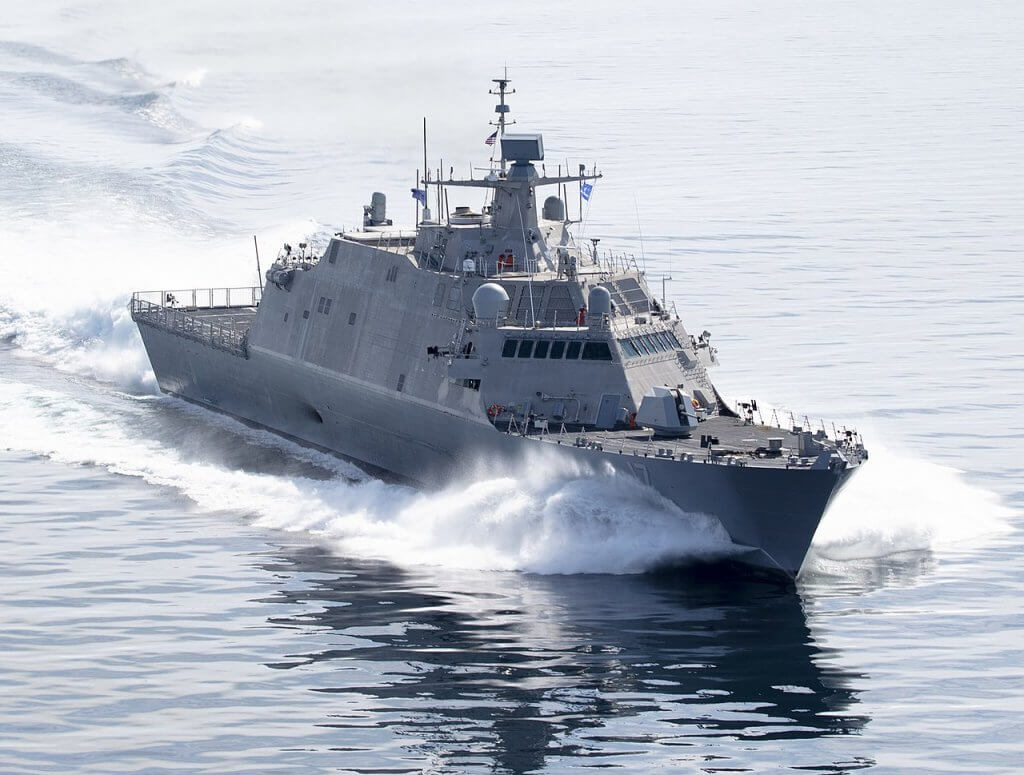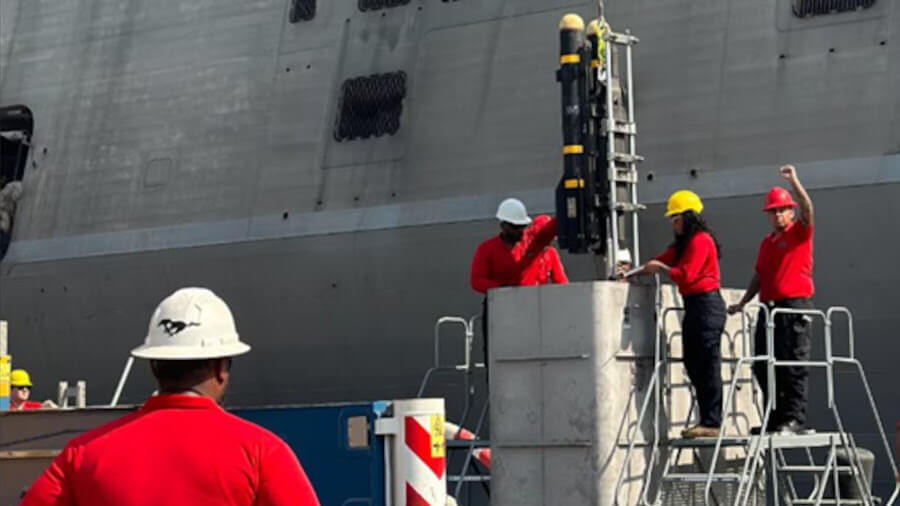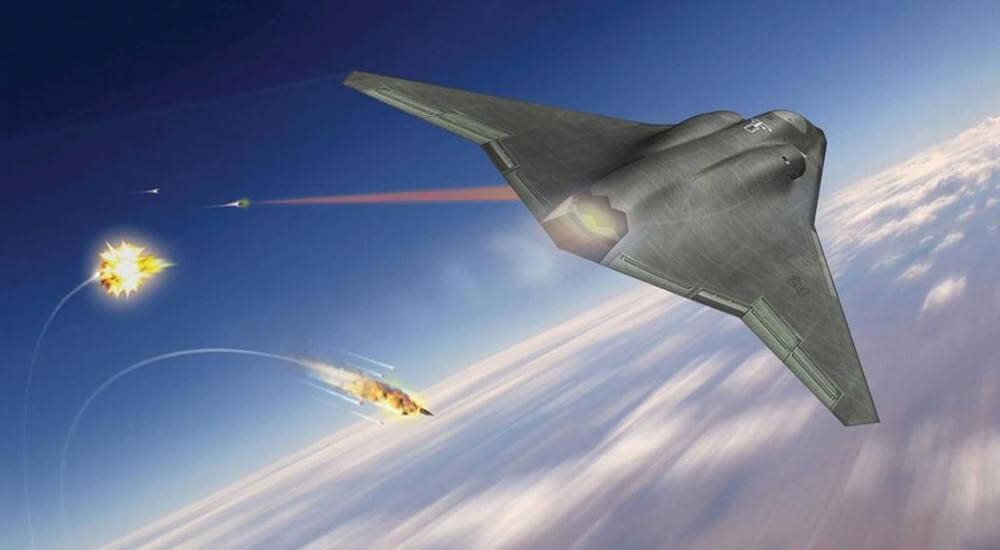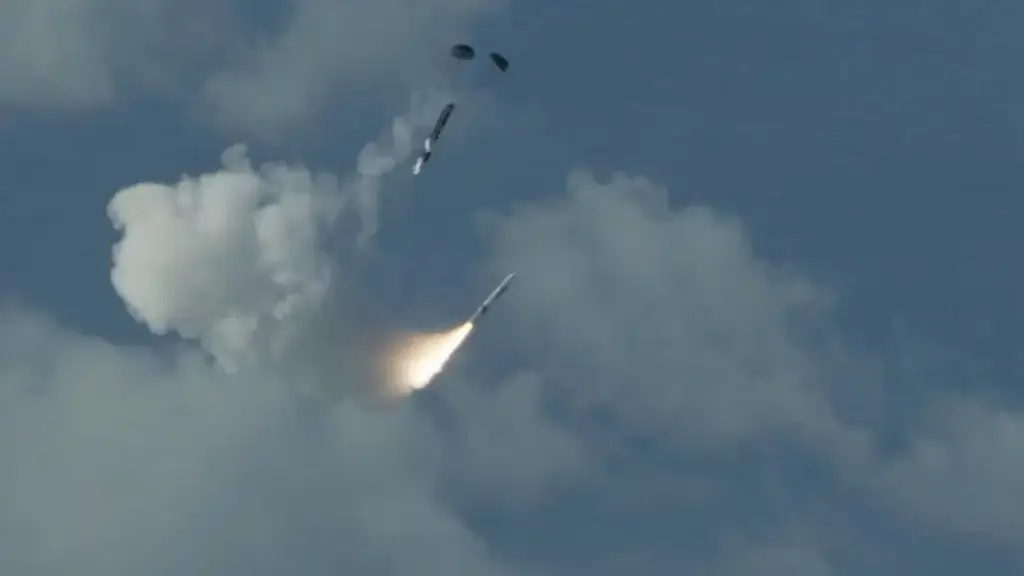
Introduction.
On March 24, 2025, the USS Pinckney (DDG 91) made history. Off the coast of Kauai, Hawaii, the Navy successfully completed Flight Test Other-40 (FTX-40)—also known as Stellar Banshee—using the Aegis Combat System to detect and simulate engagement with a hypersonic missile threat. This test is a major milestone in the United States’ ability to defend against rapidly emerging threats from near-peer adversaries like China and Russia, both of whom are investing heavily in hypersonic technology.
Test Details: Simulating the Future of Warfare
A Medium Range Ballistic Missile (MRBM) equipped with a Hypersonic Target Vehicle (HTV-1) was air-launched from a C-17 aircraft. The USS Pinckney used a simulated SM-6 Block IAU interceptor and Lockheed Martin’s latest Aegis Baseline 9 software to detect, track, and engage the target. While no live intercept occurred, the simulated engagement offered critical insights and data collection, validating the system’s ability to counter maneuvering hypersonic threats.
This test also previewed the system’s scalability. Aegis can be deployed at sea or on land—key flexibility in a complex global security environment. The test utilized a virtualized Aegis software configuration, a leap forward in adapting the system for next-generation warfare.
Building on Momentum: Past Successes and What’s Next
FTX-40 follows the success of FTM-32, known as Stellar Sisyphus, in which the USS Preble (DDG 88) intercepted a MRBM with an upgraded SM-6 Dual II missile in a live-fire test. These continued advancements will pave the way for FTM-43, which will aim to perform a live intercept against an HTV-1 target.
The collaboration between the U.S. Navy, the Missile Defense Agency (MDA), Lockheed Martin, and other defense partners signals a renewed commitment to innovation and integrated missile defense.
Why Americans Should Care
Hypersonic missiles travel at speeds greater than Mach 5, can maneuver mid-flight, and are extremely hard to detect and counter with traditional systems. Adversaries like China and Russia are rapidly developing and testing these weapons. If successful, these weapons could bypass our current defenses and strike critical infrastructure, fleets, or even the homeland.
This test shows that the United States is not standing still. Our Navy is preparing for tomorrow’s battles—today. The Aegis Combat System’s evolving capabilities directly protect American service members at sea, allies abroad, and Americans at home. It’s another reason why investment in a stronger Navy isn’t optional—it’s essential.
Implications for the Navy
This test reinforces the Aegis system as the backbone of the Navy’s integrated air and missile defense strategy. With its growing flexibility, the system can support both forward-deployed naval units and U.S.-based missile defense installations. It also helps the Navy operate in contested environments—areas where hypersonic threats are expected to become commonplace.
Implications for Our Allies
Many of our closest allies—Japan, South Korea, Australia—also rely on Aegis-equipped ships or similar missile defense systems. Demonstrating this capability strengthens not only U.S. deterrence but also our credibility with partners. In a world where multilateral defense cooperation is key, proof of performance matters.
Closing Thought
FTX-40 didn’t just simulate a hypersonic intercept—it sent a clear message: The United States Navy is adapting and preparing to meet new challenges head-on. For Americans watching the headlines, this is a win worth knowing—and a mission worth supporting.
